WASHINGTON, D.C. -- Medicare Part D premiums will see only a modest rise in 2017, despite costs to taxpayers growing faster than parts A and B, the Centers for Medicare and Medicaid Services (CMS) recently said in a statement.
“It was welcome news because we’d been hearing … over the last year, and even before that, about how drug prices were rising,” Dr. Devon Herrick, a senior fellow with the nonprofit think tank National Center for Policy Analysis, told American Pharmacy News.“The fact that the premiums for Medicare Part D art not going up significantly is evidence that it’s not as widespread a problem as many people were afraid it was.”
The CMS report estimates that premiums would rise to approximately $34 per month, an increase of approximately $1.50 over the average premium payment for 2016. Despite this, the acting administrator of CMS, Andy Slavitt, said in a press release that he was concerned about the rising price of drugs.
“I remain increasingly concerned about the rising cost of drugs, especially high-cost specialty drugs, and the impact of these costs on the Medicare program,” Slavitt said.
Herrick said two particular issues could affect drug pricing in the coming years. The first is the backlog of generic drugs currently awaiting approval from the Food and Drug Administration (FDA). Herrick said roughly 88 percent of drugs sold in the U.S. are generic. The FDA, at one point, had a backlog of over 4,000 applications for drug approvals, Herrick said. “There was a fear that this would ultimately filter down into Medicare Part D premiums,” Herrick said. “But the FDA has sped up their approval of generic drugs.
”Where prices are most likely to increase are in areas covered by other sections of Medicare or private medical benefits, such as medications to treat cancer and 'infusion' drugs that have to be given through a needle or catheter," Herrick said. "These medications are administered by health care professionals, and new innovations often prompt high prices. In that area, prices are growing at double-digit percentages."
Herrick said that although estimates vary, drug spending only accounts for roughly 10 percent of overall Medicare costs, with the rest going to hospitals, doctors and other equipment for treating conditions.
“Keep in mind, drugs are the most efficient means of treating most chronic ailments or conditions,” Herrick said. “It’s much more efficient to give someone an injection or give them a pill than to put them in a hospital.”
Signed into law in 2003, Part D is a prescription-focused update to help seniors and the disabled pay for medical expenses. The Affordable Care Act recently modified the plan to help close a coverage gap for beneficiaries, commonly called a “doughnut hole,” the effect of which has saved each beneficiary, on average, an additional $1,945 per year on drug costs, the CMS said.“When it comes to drugs, the real fear are the drugs that are paid for under either a medical benefit or Medicare Part B,” Herrick said. “The drugs that are paid for under Medicare part D -- the pills and the capsules and the stuff you get from the pharmacy -- are a good buy.”
The report comes as seniors and the disabled prepare for the 2017 enrollment period, which begins Oct. 15. CMS said in its report that it expects to release exact premium pricing in mid-September.

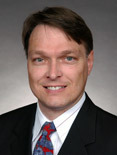
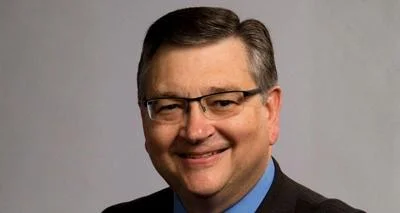

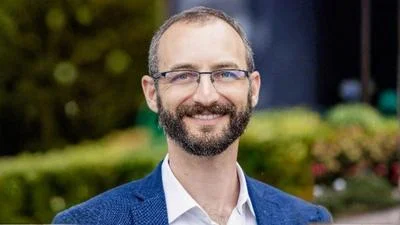
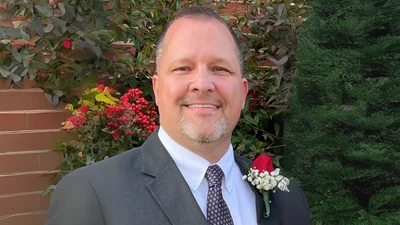
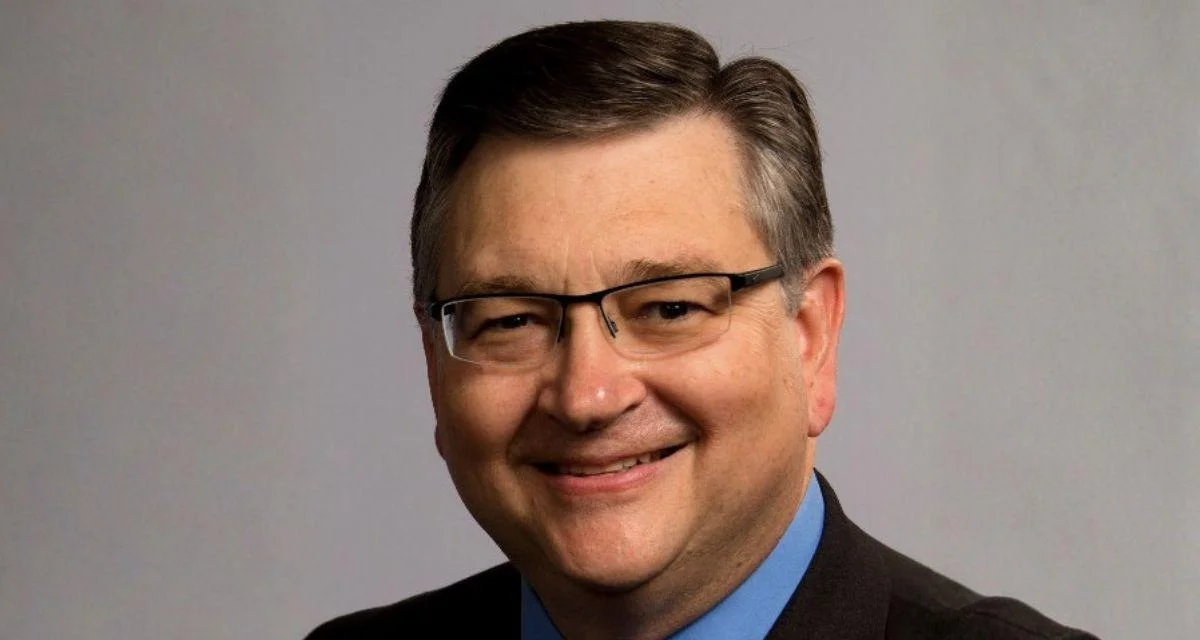

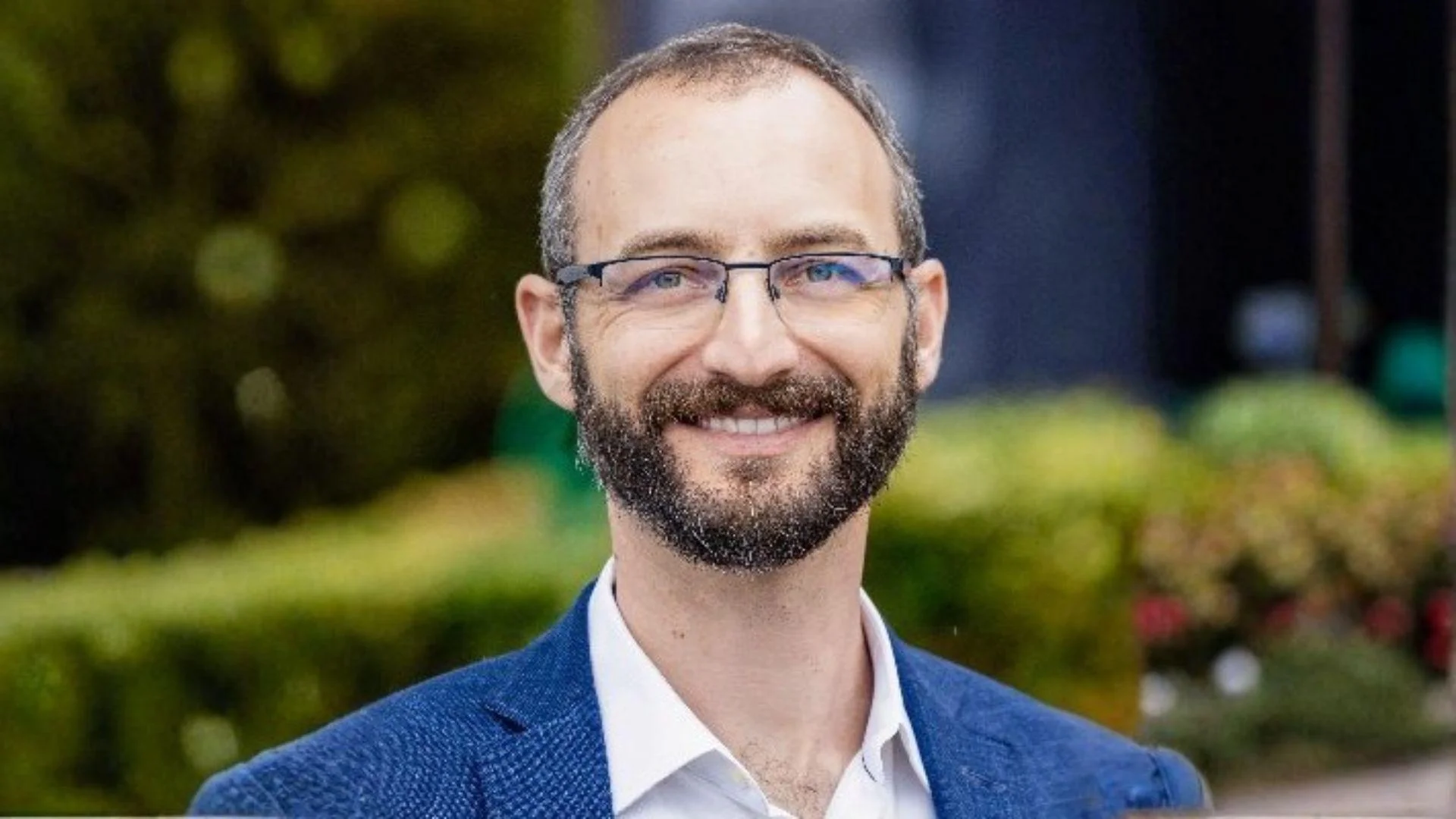
 Alerts Sign-up
Alerts Sign-up